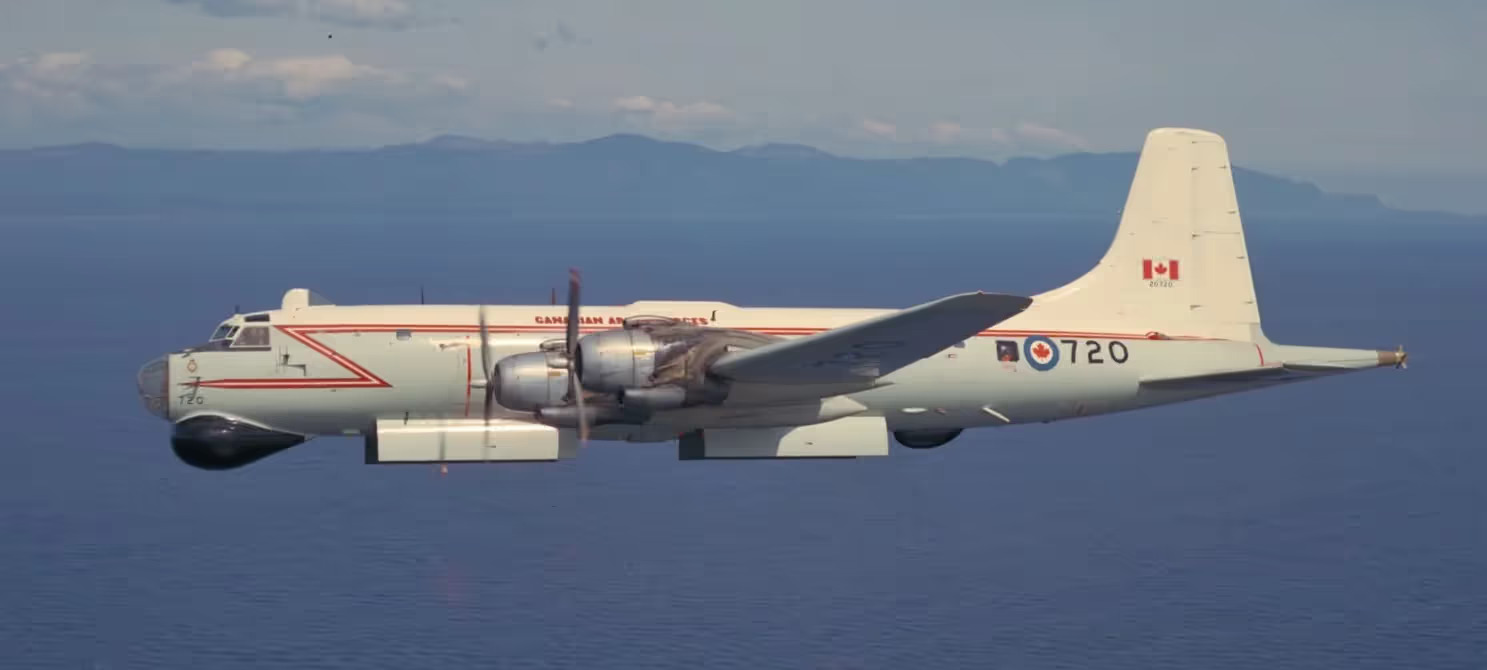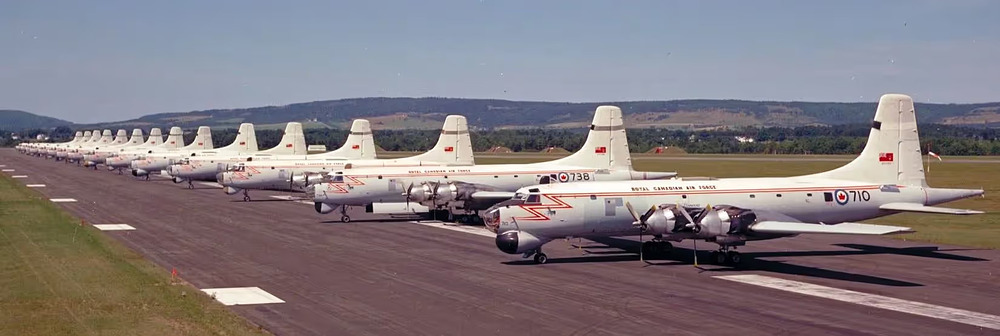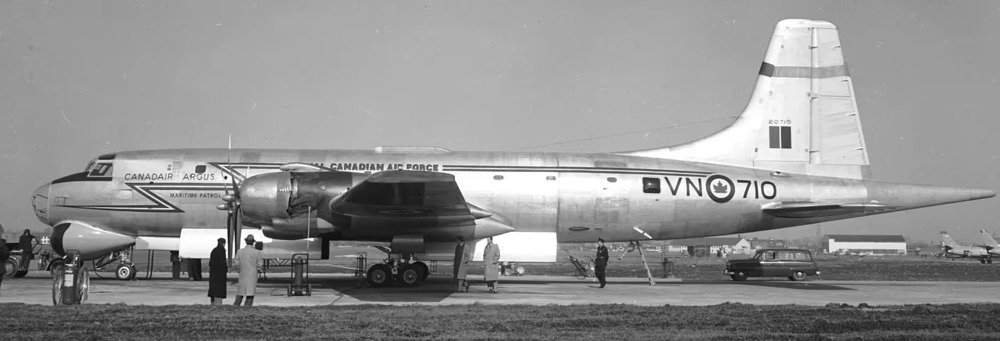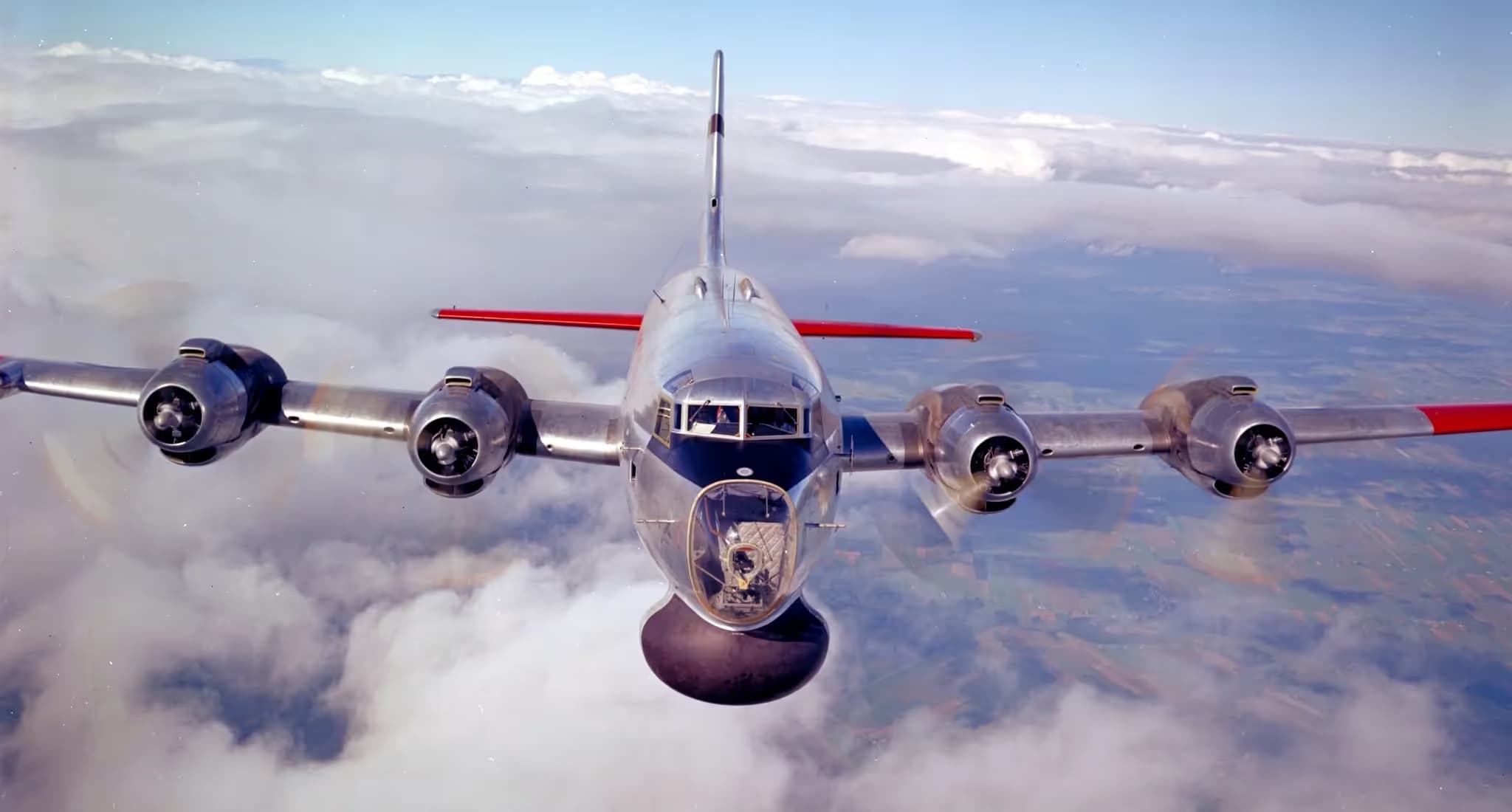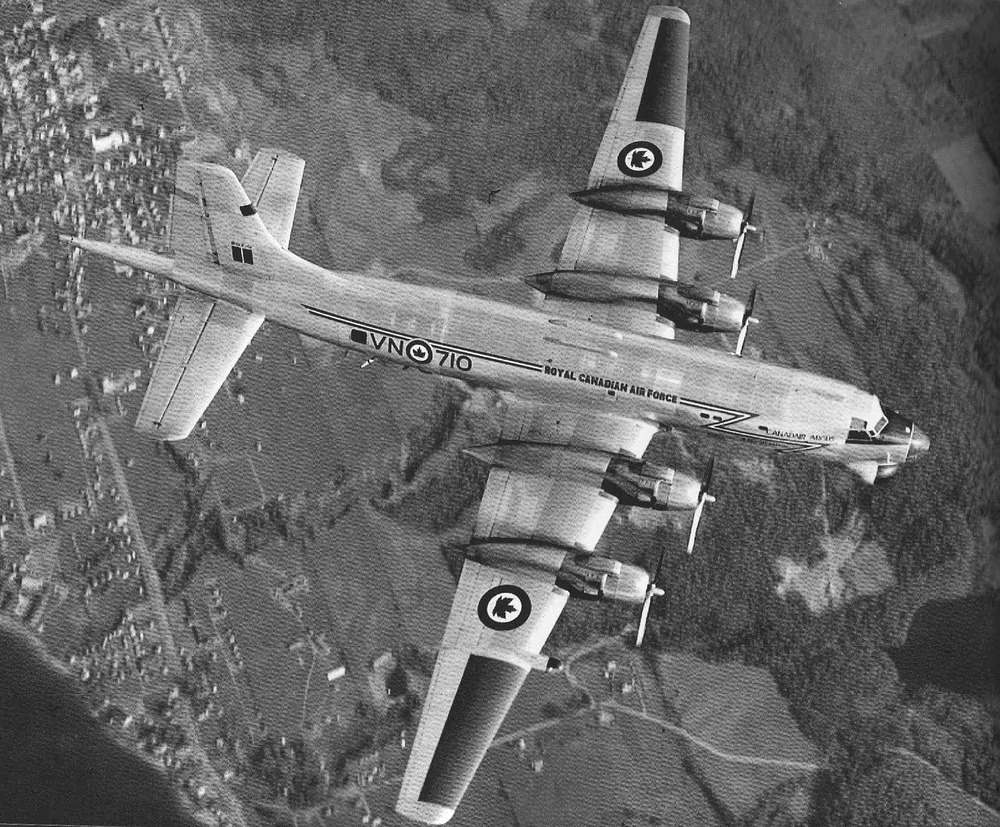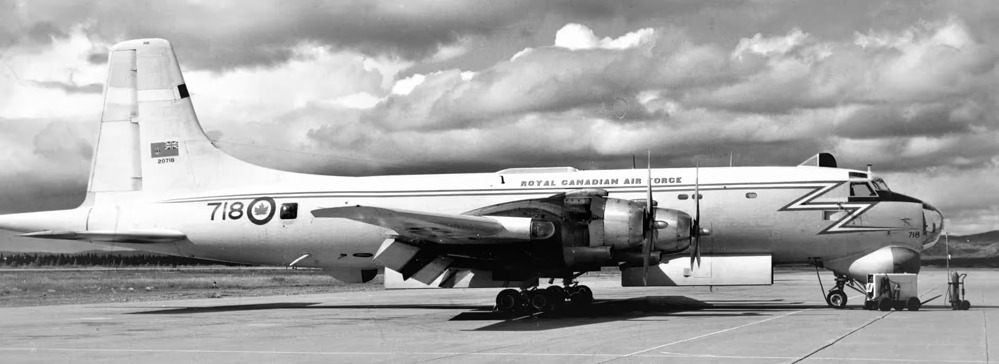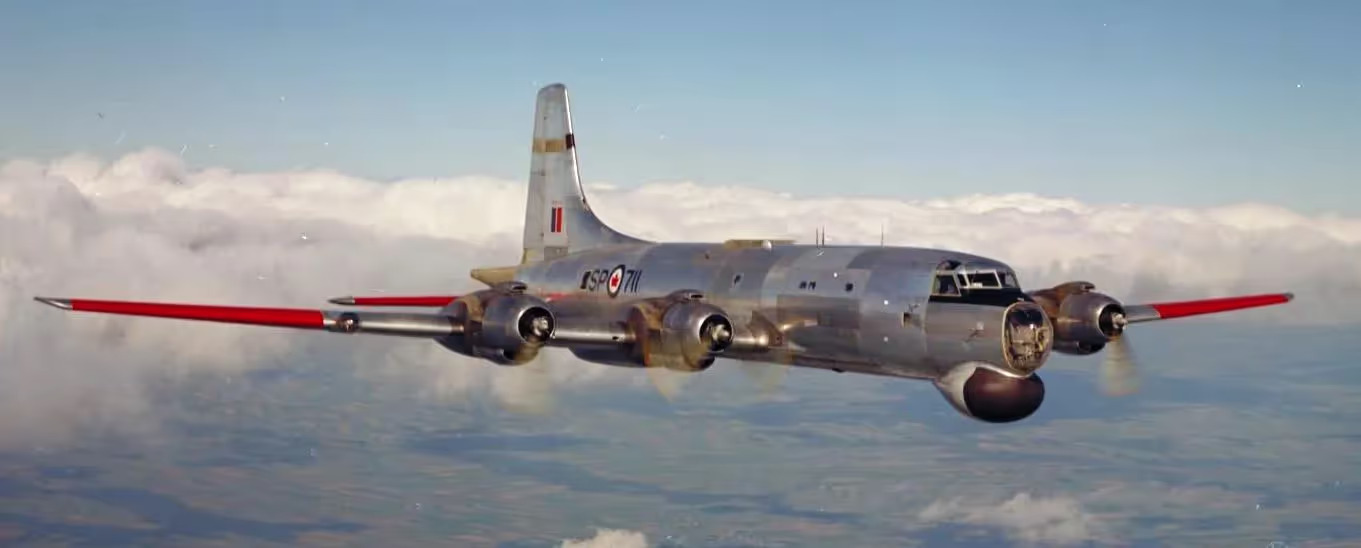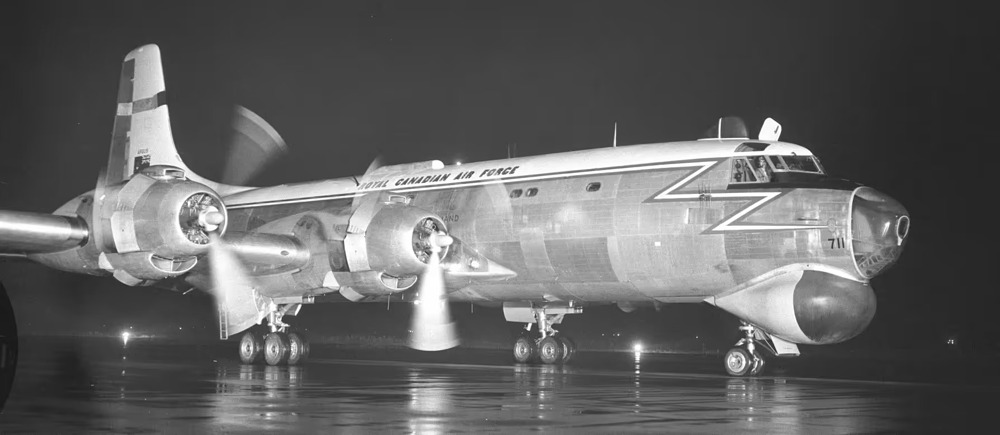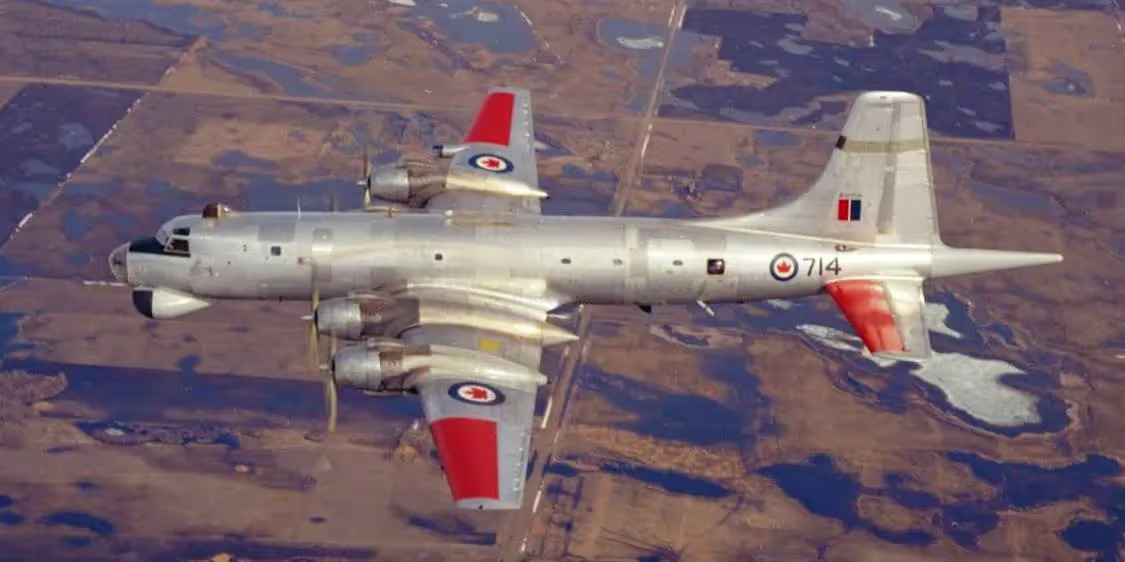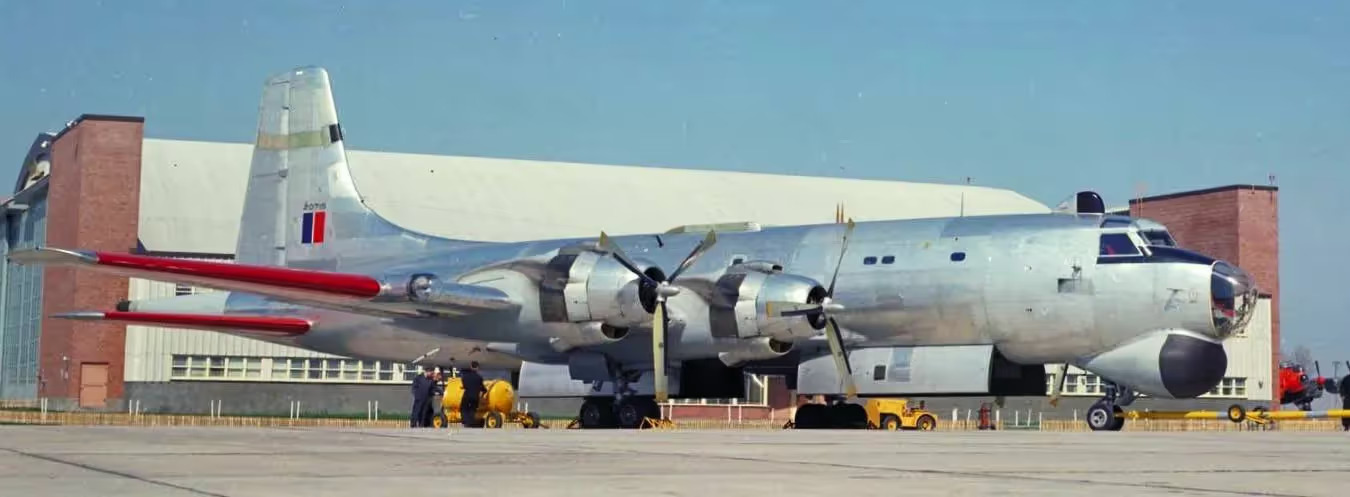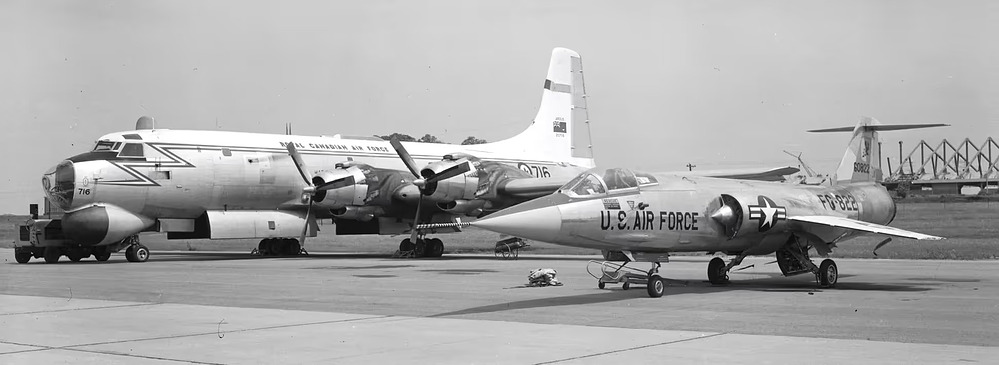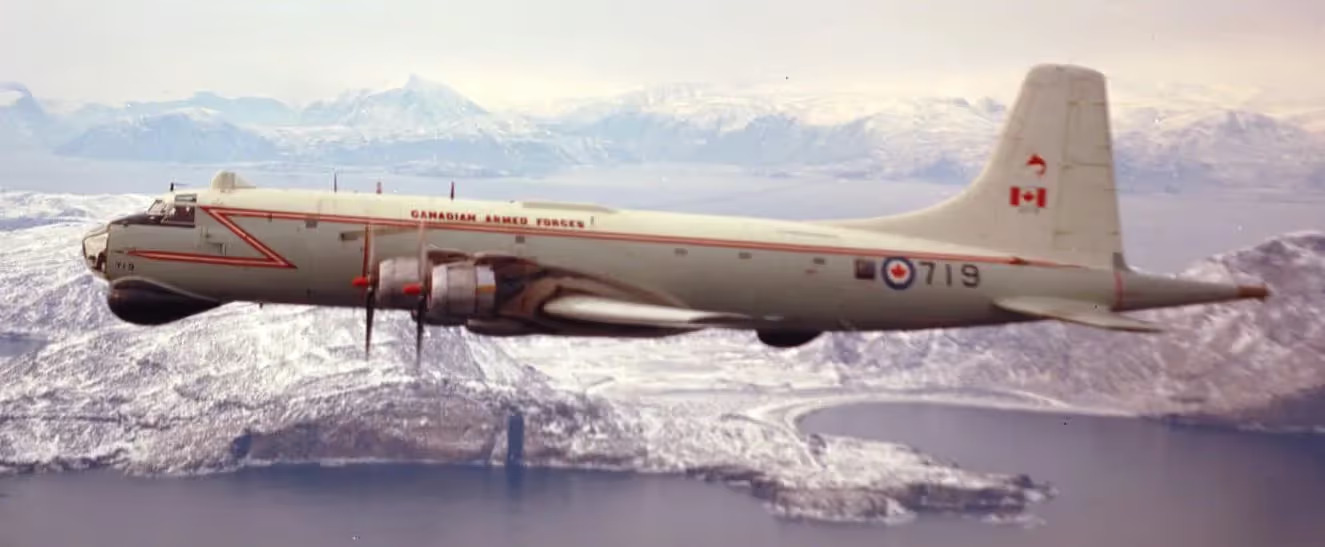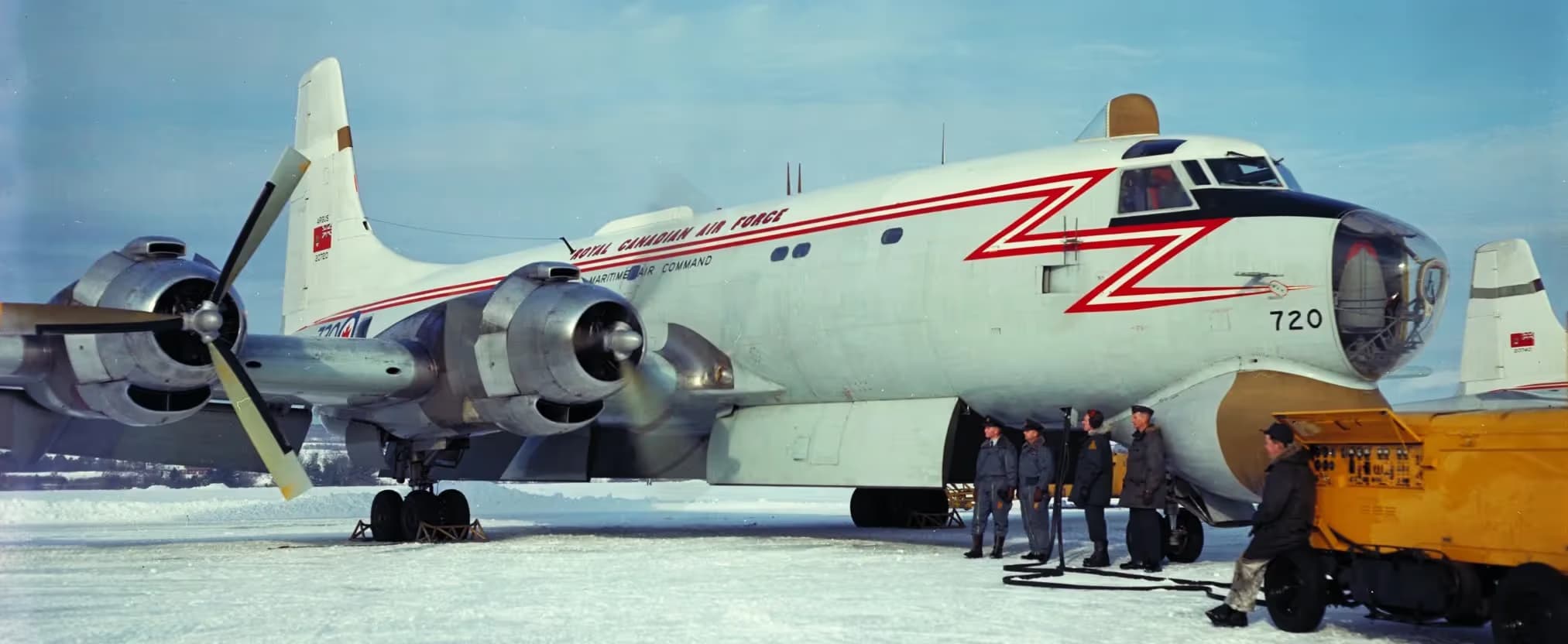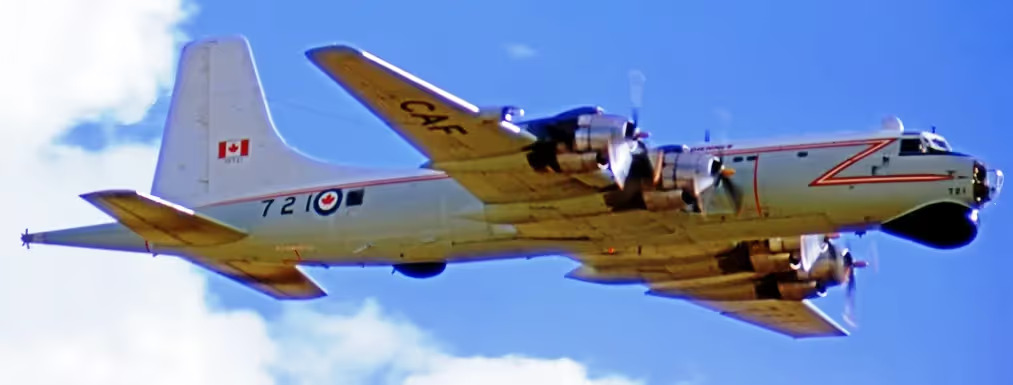- Yes
- No
History:
In the year 1949, Canadair would anticipate that the RCAF would be looking for a replacement for the Lancasters it used in the maritime patrol role, so they would propose CL-29 based on North Star. Although when the RCAF issued the specification in 1952, they would ask for a larger and more capable aircraft. Two proposals would be made, one based off of the Lockheed Constellation, which would be rejected due to its low-speed handling, and one based on the Bristol Britannia. The RCAF would prefer the Bristol proposal, but would have concerns over how the floating controls were controlled by servo tabs, so they would have it developed in Canada. Canadair would present two proposals to the RCAF: the CL-28, which was based on the Britannia, and the CL-33, which was a low-cost design known as a fat Lancaster. In the end, the CL-28 would be approved to serve as the new Maritime Patrol aircraft for the RCAF. In April of 1954, Candair would begin work on the CL-28. In its day, the Auges would have been the biggest aircraft built inside Canada. The design would be Americanized, so it would use American-sourced parts and measurements, although it would retain the original design for the wings, tail surfaces, and landing gear of the aircraft it’s based on. Along with this, due to the increased stress that comes from flying at low altitudes for long periods of time, the components need substantial reinforcement, which would happen through extensive use of a local metal-to-metal bonding technique. The Argus would represent one of the initial large-scale applications of titanium in its framework, as well as structural plastic. The fuselage would also be completely redesigned by Canadair, going to a unpressurized cabin form a pressurized one. It would also have its engines swapped and now uses Wright R-3350 instead of the Bristol Proteus.
The Arugus would replace the Neptunes bought as a stopgap and the last of the Lancasters still in service. It was among the most efficient anti-submarine warfare aircraft of its time. Serving as a staple of the RCAF because of the significant quantity of equipment it could use. It would have a crew of 15. It would be an Argus that establishes the record for the longest flight by a Canadian Military aircraft without refuelling, lasting just over 31 hours. This achievement was made by the 407 Maritime Patrol Squadron on October 1-2 in 1959. The same squadron also held the earlier distance record with a different Argus aircraft. The primary difference between the mk1 and 2 would in internal; there would be a visual difference in the radar. The Argus would fly its last mission on the 24 of July 1981, when it would be replaced by the CP-140 Aurora.
Specs:
General characteristics
- Crew: 15
- Length: 132 ft 4.5 in (40.348 m)
- Wingspan: 142 ft 3.5 in (43.371 m)
- Height: 40 ft 9 in (12.42 m)
- Wing area: 2,075 sq ft (192.8 m2)
- Airfoil: Root: NACA 25017 Tip: NACA 4413
- Empty weight: 81,000 lb (36,741 kg)
- Max takeoff weight: 157,000 lb (71,214 kg)
- Fuel capacity: 6,640 imp gal (30,200 L; 7,970 US gal)
- Powerplant: 4 × Wright R-3350 TC18EA1 18 cylinder Turbo-Compound air-cooled radial engines, 3,700 hp (2,800 kW) each
- Propellers: 3-bladed Curtiss-Wright Electric C634S-C554 metal variable-pitch propeller, 15 ft 6 in (4.72 m) diameter
Performance
- Maximum speed: 315 mph (507 km/h, 274 kn)
- Cruise speed: 207 mph (333 km/h, 180 kn)
- Range: 5,900 mi (9,500 km, 5,100 nmi)
- Service ceiling: 25,000 ft (7,600 m)
Armament:
Ordnance: Maximum load of 8000 lb (3629 kg)
Rockets: 2.75 inch Folding-Fin Aerial Rockets (FFAR)
Missiles: AGM-12B Bullpup air-to-surface missiles
Torpedoes:
Mark 30
Mark 43 mod 0
Mark 44
Mark 46
Bombs: 350 lb (160 kg) Mark 54 depth charges
Other:
Sonobuoys.
Mark 400 Signal Underwater Sound Charges)
LUU2/B 2 million candlepower parachute flares.
Avionics:
Radar systems:
AN/APS-20
APS-94D side-looking airborne radar (SLAR) (trialed but not used operationally)
Passive sensors:
Jezebel Low Frequency Analyzer and Recorder sonobuoy sound analyzer to identify distance and type of vessel
Magnetic Anomaly Detector (MAD) on extended tail boom to measure presence of iron from a vessel’s hull
AN/ALR-8 radio direction finding and interception to triangulate location of radio transmitters
AN/APA-74 radar signal pulse identification for identifying and locating submarine radar transmissions
AN/ASR-3 exhaust trail indicator for identifying presence of submarine diesel engine exhaust
